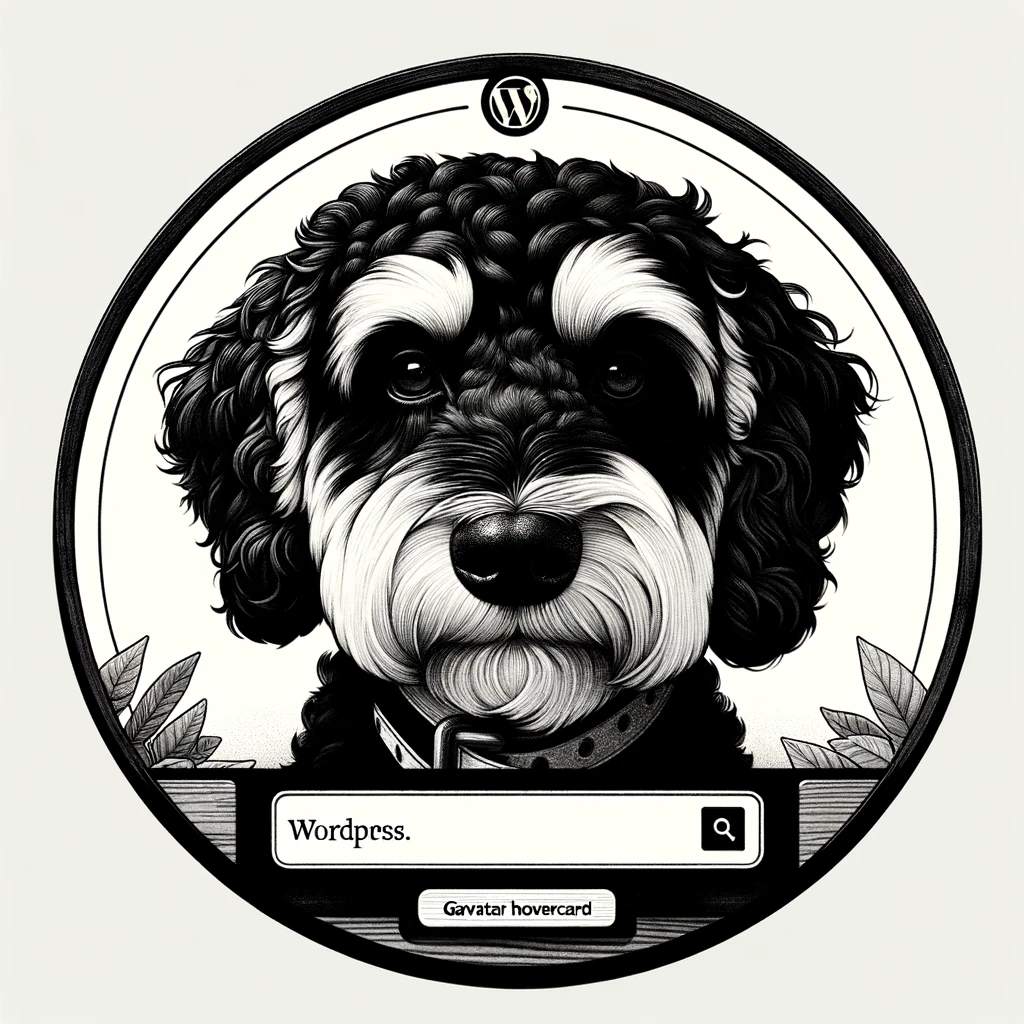Understanding Gravatar Hovercards
Gravatar Hovercards are a dynamic tool for engagingly presenting user profiles on various platforms, such as blogs and websites, without disrupting user experience.
Basics of Gravatar Hovercards
Gravatar Hovercards leverage the widely-recognized Gravatar platform – a globally unique avatar connected to an individual’s email address. By hovering over Gravatar images, these hovercards dynamically display vital information, minimizing the need to click through to a user profile. Essential details about the user emerge seamlessly on the current page, fostering user engagement without navigating away.
Hovercard Features and User Benefits
Gravatar Hovercards enrich user interaction by showcasing a snapshot of information. This feature can include a short bio, associated websites, or social media links, which serve to enhance branding efforts. They are designed with performance in mind, ensuring a fast and responsive experience. Users benefit from immediate access to profile details, facilitating community building and personal brand promotion.
Integration with WordPress
Integration with WordPress is straightforward. For those with a WordPress.com blog, hovercards are enabled by default. WordPress.org site owners can extend this feature by using the Jetpack plugin, allowing them to add Gravatar Hovercards easily. Adopting the hovercard technology encourages a consistent branding approach across various web properties owned by a user.
Setting Up and Customizing Gravatar Hovercards
Gravatar Hovercards enhance interaction by allowing users to view more information in a pop-up card when hovering over a Gravatar image. They are easily implemented and customizable, adding a sleek functionality to any blog or website’s comments section.
Enabling Hovercards on Your Blog
To enable Hovercards on a WordPress.com blog, the feature is already built-in and activated by default. For users with a WordPress.org setup, the process involves the Jetpack plugin. After installing the plugin, navigate to your WordPress Dashboard, go to Settings > Discussion, and find the option for Gravatar Hovercards. From here, toggle the feature to display hovercards over the commenters’ Gravatar images. This simple activation process integrates Gravatar Hovercards, allowing visitors to access extended profile information with a simple mouse hover action on a commenter’s Gravatar.
Customization Options
Hovercards come with a range of customizable options. When utilizing the Hovercards constructor, options such as placement, which determines the hovercard’s position relative to the target Gravatar, can be set to ‘right’, ‘left’, ‘top’, or ‘bottom’. Other aspects, like size, could be adjusted to either enlarge or shrink the hovercard’s dimensions, aligning with your page or post’s overall design and layout. Including these custom options ensures that the hovercards seamlessly match your blog’s aesthetic and functional needs.
By incorporating Hovercards, blogs enrich their commenting platform by providing quick access to Gravatar profiles without additional navigation. Moreover, it promotes continuous engagement on the page or post, enhancing the reader’s experience and encouraging community interaction.
Advanced Considerations for Hovercards
When integrating Gravatar Hovercards into a website, developers must address technical efficiency and privacy considerations. These include optimization of file sizes for quick loading, safeguarding user data, and ensuring seamless user experiences (UX).
Technical Overview of Gravatar Hovercards
Gravatar Hovercards utilize a widget that, when a user hovers over a Gravatar image, presents a pop-up card with more detailed information such as the associated username and email address. The open-sourced Gravatar hovercards library is designed to easily integrate into websites via a plugin or directly into the code. Developers can access and contribute to the library through its GitHub repo. Efficiency is paramount; maintaining minimal file sizes is a best practice to prevent slowed page loads. Additionally, the ease of installation through an npm package allows for quick updates and management.
User Privacy and Data Considerations
Integrating Hovercards involves carefully handling personal information, including email addresses, usernames, and potentially even an IP address or a user ID. It is important that any data synced through the activity of the hovercard, such as the visiting URL, referring URL, or timestamp of the event, is managed in compliance with privacy laws. A site ID and browser language might also be considered in tailoring UX. Jetpack version and user agent data can be utilized to ensure compatibility and optimal performance across different browsers and devices. Moreover, privacy information should be transparent to users, detailing what data is tracked and used, such as activity tracking or country code, to maintain trust and adhere to best practices in data privacy.











